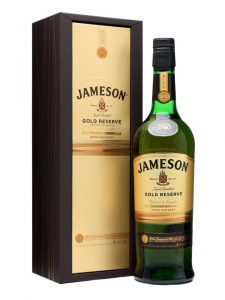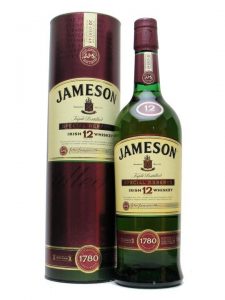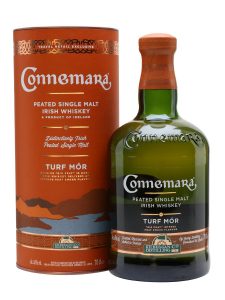Jameson Gold Reserve
Jameson Gold Reserve Irish Whiskey
40% ABV/80 Proof
$55 to $65
Widely available

What the Distillery Says:
Up until recently Jameson Gold Reserve has been the elusive family member that could only be found in airport shopping outlets. Since its creation in 1996, Jameson Gold Reserve – a marvelously rich pot still character whiskey – has been the toast of whiskey critics. Such praise is rare, as indeed was the whiskey itself. Jameson Gold can now be found worldwide but is still as precious as ever.
Jameson Gold Reserve is a creative blend of three whiskeys of advanced years, one of which is uniquely matured in virgin oak barrels. It’s the inspired choice of this virgin oak, coupled with the bourbon barrels and sherry casks, that account for the whiskey’s satisfying complexity and honey toasted sweetness.
Nose: Fragrant wood, rich pot still with a touch of sherry sweetness.
Taste: All the creaminess and honey sweetness come together to create a taste sensation of spicy character.
Finish: A very long finish with a pleasantly peppery finale.
What Richard Says:
Nose: Herbal and grassy but very mellow. There are really just hints of a nose to the whiskey.
Palate: Initially it’s sweet with a mild oak flavor. With time it develops into cinnamon, sugar, and vanilla. It really kind of reminds me of snickerdoodle cookies.
Finish: Woody with a surprising heat, very surprising given the proof.
Comments: This definitely stands out among the crowd of Irish blends. However, to me it’s more of a different take of Jameson rather than a bridge between the 12 Year and the 18 Year. I personally prefer the 12 year Old Special Reserve over the Gold Reserve. I don’t find any reason to pay the extra $10 to $20 more unless you just want a little different take of Jameson.
Rating: Stands Out



